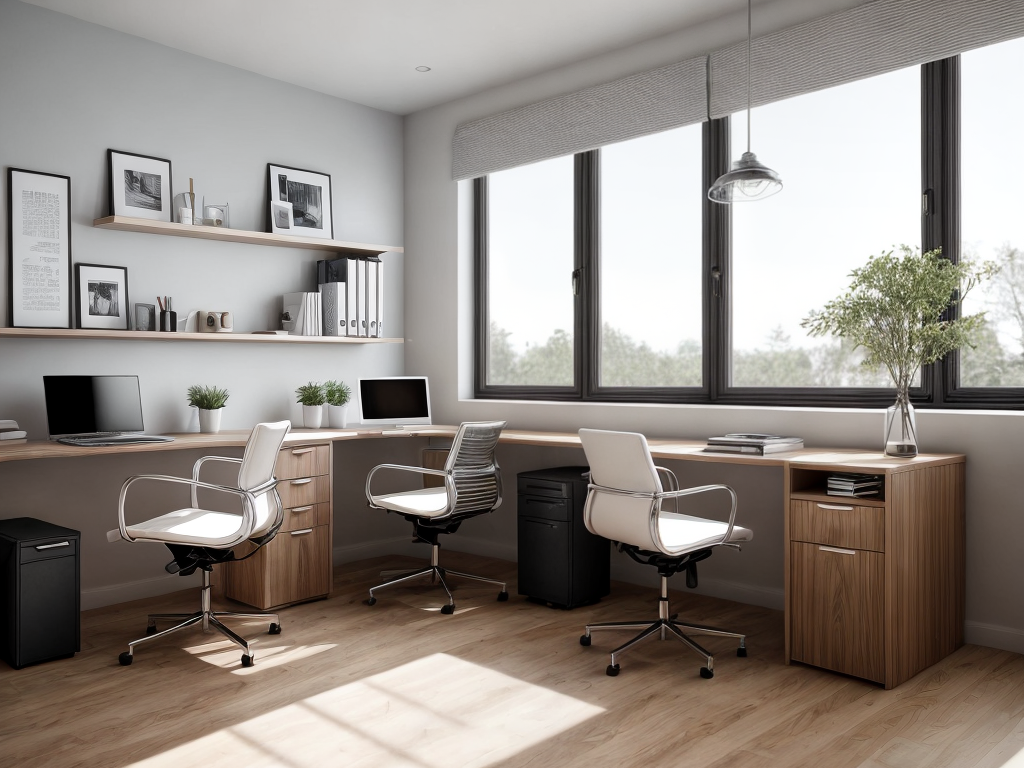
As the saying goes, “you get what you pay for.” And when it comes to eco-friendly construction upgrades, this couldn’t be more true. The initial investment may seem daunting, but the long-term benefits far outweigh the costs. In this discussion, we will explore the importance of eco-friendly upgrades, conduct a cost analysis, and delve into the financial incentives and grants available. We will also explore the various eco-friendly construction materials and techniques, along with real-life case studies of successful projects. So, if you’re looking to make a positive impact on the environment while saving money in the long run, you won’t want to miss out on this discussion.
Importance of Eco-Friendly Upgrades
Why are eco-friendly upgrades so important in construction projects? The answer lies in the environmental impact and the need for sustainable practices. As a construction professional, I understand the significance of incorporating eco-friendly upgrades into construction projects. These upgrades not only benefit the environment but also contribute to long-term cost savings and enhance the overall quality of the building.
When we talk about the environmental impact, traditional construction methods often result in excessive waste generation, energy consumption, and emissions. By implementing eco-friendly upgrades, such as using energy-efficient materials and systems, reducing water consumption, and promoting recycling and waste management, we can significantly minimize the negative impact on the environment. Sustainable practices, such as sourcing locally produced materials and utilizing renewable energy sources, further reduce carbon footprint and promote a greener future.
Moreover, eco-friendly upgrades also offer financial benefits. Energy-efficient systems and materials help to reduce operational costs, such as electricity bills, over the lifespan of the building. Additionally, incorporating sustainable practices can attract environmentally-conscious customers and investors, enhancing the marketability and value of the construction project.
Initial Investment and Cost Analysis
To effectively analyze the initial investment and cost of eco-friendly upgrades in construction projects, it is essential to consider various factors and conduct a thorough cost analysis. When embarking on a construction project that involves eco-friendly upgrades, it is important to evaluate the initial investment required for these upgrades. This includes the cost of materials, labor, and any additional expenses associated with implementing sustainable features. Conducting a comprehensive cost analysis will help determine the financial feasibility of incorporating eco-friendly upgrades into the construction project. The cost analysis should take into account the potential savings and benefits that these upgrades can bring over the long term. This includes reduced energy consumption, lower utility bills, and enhanced environmental performance. By considering the initial investment and conducting a cost analysis, construction professionals can make informed decisions about the financial viability of eco-friendly upgrades. It is crucial to weigh the upfront costs against the long-term benefits to ensure that the investment is economically sound. Ultimately, a well-executed cost analysis will help determine the financial impact of eco-friendly upgrades and guide decision-making in construction projects.
Long-term Savings and Return on Investment
When considering eco-friendly construction upgrades, it’s important to understand the long-term savings and return on investment. One key point to consider is the cost-effectiveness of these upgrades, as they can lead to significant savings on energy bills over time. Additionally, conducting a payback period analysis will help determine how quickly the initial investment will be recouped. Ultimately, by opting for eco-friendly upgrades, construction projects can reap financial benefits that continue to grow over time.
Cost-Effectiveness of Upgrades
Investing in eco-friendly construction upgrades not only reduces environmental impact, but also yields long-term savings and a strong return on investment. When considering the cost-effectiveness of these upgrades, a thorough cost benefit analysis is crucial. Here are three key points to consider:
- Energy Efficiency: Upgrading to energy-efficient systems and appliances can significantly reduce energy consumption, resulting in lower utility bills and long-term savings.
- Reduced Maintenance Costs: Eco-friendly materials and technologies often require less maintenance and have longer lifespans, reducing the need for frequent repairs or replacements.
- Increased Property Value: Eco-friendly upgrades are highly valued by buyers and renters, leading to higher property valuations and increased market appeal.
Payback Period Analysis
A thorough analysis of the payback period is essential when evaluating the long-term savings and return on investment for eco-friendly construction upgrades. By understanding the payback period, which is the time it takes for the initial cost of the upgrade to be recouped through energy savings, we can determine the financial viability of these upgrades. Additionally, the payback period analysis allows us to assess the environmental impact of the upgrades, as it considers the reduction in energy consumption and greenhouse gas emissions.
To illustrate this point, let’s consider the following table:
| Upgrade | Cost | Annual Energy Savings |
|---|---|---|
| Insulation | $5,000 | $1,200 |
| LED Lighting | $2,000 | $500 |
| Solar Panels | $15,000 | $2,500 |
As shown in the table, each upgrade comes with an initial cost and an annual energy savings. By calculating the payback period, we can determine how long it will take for the energy savings to cover the cost of the upgrade. This analysis provides valuable insights into the financial and environmental benefits of eco-friendly construction upgrades.
Financial Benefits Over Time
To fully grasp the financial benefits over time, it is important to assess the long-term savings and return on investment of eco-friendly construction upgrades. When considering these upgrades, there are several financial advantages to keep in mind:
- Reduced operating costs: Eco-friendly upgrades, such as energy-efficient lighting and HVAC systems, can significantly lower energy and maintenance expenses over time, resulting in substantial savings.
- Increased property value: Sustainable construction upgrades can enhance the value of a property, making it more desirable to potential buyers or tenants. This can lead to higher rental or resale prices and a greater return on investment.
- Government incentives and rebates: Many governments offer financial incentives, tax credits, and rebates for eco-friendly building upgrades. Taking advantage of these programs can further enhance the financial benefits of sustainable profitability.
Financial Incentives and Grants
Financial incentives and grants play a crucial role in promoting eco-friendly construction by providing financial support and incentives for implementing sustainable practices. These incentives and grants are offered by various government agencies and organizations to encourage builders and developers to adopt environmentally friendly construction methods.
One of the primary financial incentives available is tax credits. Governments provide tax credits to builders who incorporate energy-efficient features, such as solar panels or energy-efficient appliances, in their construction projects. These credits can significantly reduce the overall cost of the project and provide long-term savings on energy bills.
Additionally, government grants are another avenue for financial support. These grants are typically awarded to projects that demonstrate a commitment to sustainable practices and have a positive environmental impact. The funds can be used to offset the cost of eco-friendly materials, technologies, or even research and development.
Eco-Friendly Construction Materials and Techniques
Implementing eco-friendly construction materials and techniques is essential for reducing the environmental impact of building projects. By using sustainable building practices and green construction materials, we can not only minimize harm to the environment but also create healthier and more energy-efficient spaces. Here are three key elements to consider when it comes to eco-friendly construction:
-
Energy-efficient insulation: Proper insulation plays a crucial role in reducing energy consumption and maintaining comfortable indoor temperatures. By using insulation materials with high thermal resistance, such as cellulose or recycled denim, we can minimize heat transfer and reduce the need for excessive heating or cooling.
-
Renewable energy sources: Incorporating renewable energy systems like solar panels or wind turbines into building design can significantly reduce reliance on fossil fuels. These systems can generate clean and sustainable energy, lowering both carbon emissions and energy costs over time.
-
Water conservation strategies: Implementing water-saving techniques, such as low-flow fixtures and rainwater harvesting systems, can help minimize water waste and preserve this precious resource. Additionally, using eco-friendly landscaping practices, such as drought-resistant plants and permeable paving, can reduce the need for excessive irrigation and mitigate the impact of stormwater runoff.
Case Studies: Successful Eco-Friendly Projects
With the importance of eco-friendly construction materials and techniques in mind, let’s now explore some real-life examples of successful projects that have prioritized sustainability. These case studies showcase innovative approaches to eco-friendly construction and highlight the positive impact they have had on the environment.
| Project Name | Location | Eco-Friendly Innovations |
|---|---|---|
| Green Tower | New York City | Solar panels, rainwater harvesting system, energy-efficient lighting |
| EcoVillage | Portland | Passive solar design, green roofs, geothermal heating and cooling |
| Sustainable School | Singapore | Natural ventilation, daylighting, recycled building materials |
| Green Office Building | Amsterdam | Triple glazing, heat recovery systems, green walls |
The Green Tower in New York City stands tall as a shining example of eco-friendly construction. By incorporating solar panels, a rainwater harvesting system, and energy-efficient lighting, the building significantly reduces its carbon footprint.
In Portland’s EcoVillage, sustainable living is at the forefront. Passive solar design, green roofs, and geothermal heating and cooling systems ensure energy efficiency and minimize environmental impact.
Singapore’s Sustainable School demonstrates how natural ventilation, daylighting, and the use of recycled building materials can create a sustainable and healthy learning environment.
Amsterdam’s Green Office Building embraces green technologies such as triple glazing, heat recovery systems, and green walls to maximize energy efficiency and promote a greener workspace.
These successful case studies serve as inspiration for future eco-friendly construction projects, proving that sustainability can be achieved without compromising on functionality or aesthetics.





